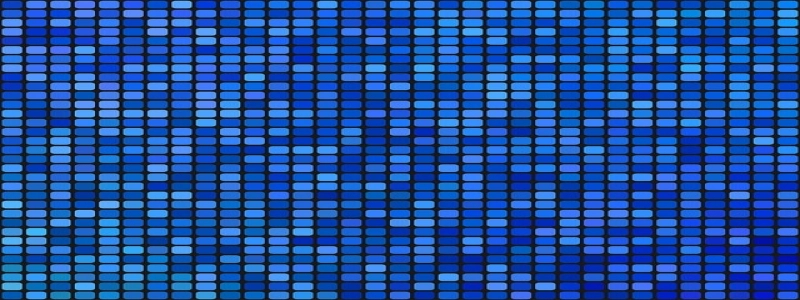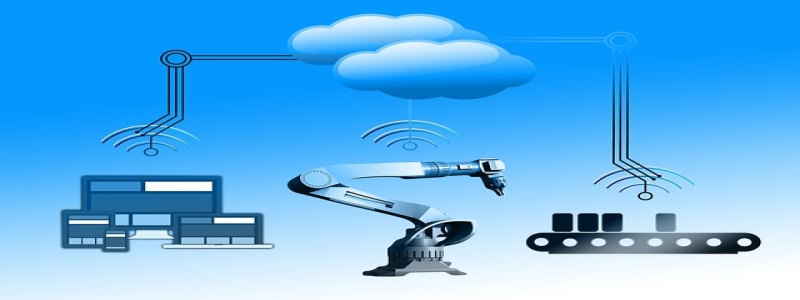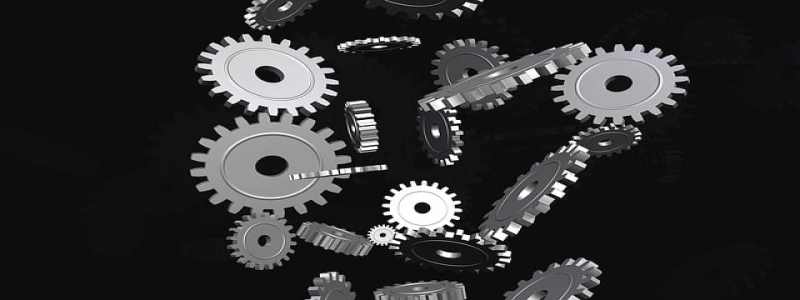标题:How does an Ethernet Switch work?
Introducere:
In today’s interconnected world, Ethernet switches play a vital role in facilitating communication between devices in a local area network (LAN). But have you ever wondered how these switches actually work? În acest articol, we will delve into the intricacies of Ethernet switches and explore their inner workings in detail.
eu. What is an Ethernet Switch?
A. Definition and Purpose:
1. An Ethernet switch is a networking device that connects multiple devices in a LAN.
2. It receives incoming data packets and forwards them to the appropriate destination.
3. The purpose of an Ethernet switch is to increase network efficiency and reduce collisions.
B. Key Components:
1. Ports: Ethernet switches have multiple ports to connect devices using Ethernet cables.
2. MAC Address Table: Switches maintain a table that maps MAC addresses to corresponding ports.
3. Switching Fabric: It enables simultaneous communication between different ports.
II. Switching Methods:
A. Store-and-Forward:
1. The switch receives the entire data frame before forwarding it, allowing for error checking.
2. If errors are detected, the frame is discarded.
3. This method provides a higher level of reliability but introduces some latency in the process.
B. Cut-Through:
1. The switch begins forwarding the frame as soon as the destination address is identified.
2. It does not perform error checking, which results in lower latency.
3. in orice caz, this method offers less reliability as corrupted packets may still be forwarded.
C. Fragment-Free:
1. This method combines the benefits of store-and-forward and cut-through.
2. It checks the first 64 bytes of the data frame for errors, providing a compromise between speed and reliability.
3. Fragment-free switching is commonly used in modern Ethernet switches.
III. How the Switch Learns MAC Addresses:
A. Unknown Destination Address:
1. When a frame arrives, the switch checks its MAC address table.
2. If the destination address is not present, the switch enters the learning phase.
B. Learning Phase:
1. The switch records the source MAC address and the corresponding ingress port in its table.
2. It associates the MAC address with the egress port through which the frame arrived.
3. This process allows the switch to build an efficient MAC address table for future frame forwarding.
IV. Frame Forwarding:
A. Unicast Traffic:
1. The switch consults its MAC address table to determine the egress port for the destination MAC address.
2. It forwards the frame to the specific port only, improving network efficiency.
B. Broadcast and Multicast Traffic:
1. The switch forwards broadcast frames to all ports except the ingress port.
2. Multicast frames are forwarded to ports associated with specific multicast groups.
V. Benefits of Ethernet Switches:
A. Increased Network Performance:
1. Ethernet switches provide dedicated bandwidth to each connected device, reducing collisions.
2. They enable simultaneous communication between devices, improving network efficiency.
B. Enhanced Security:
1. Ethernet switches isolate traffic between devices, preventing eavesdropping and unauthorized access.
2. They offer features like VLANs to segregate network traffic and enhance security.
Concluzie:
Ethernet switches are fundamental networking devices that play a crucial role in LAN communication. By understanding their inner workings, we can appreciate their contribution to network efficiency, reliability, and security. Whether it is in a small home network or a large enterprise setup, Ethernet switches continue to be a vital component in our interconnected world.








